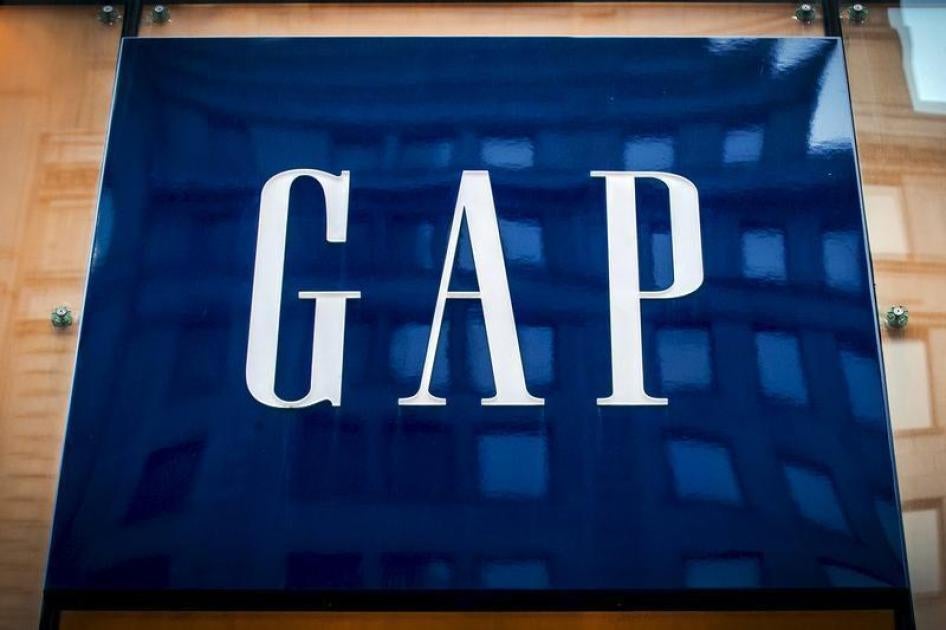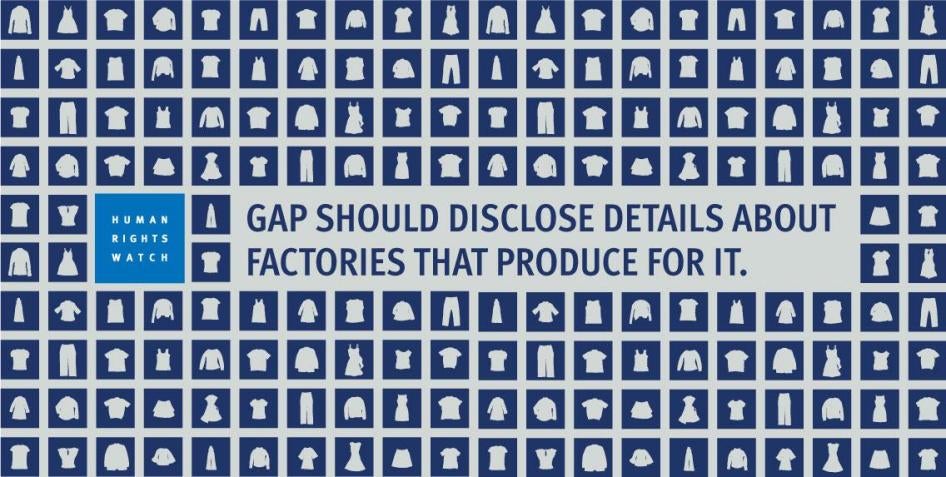Gap’s latest ad campaign is being raked over the coals for reinforcing gender stereotypes. The ads feature “The Little Scholar,” an aspiring scientist boy and “The Social Butterfly,” a girl. Many are outraged that a company like Gap, which prides itself on its social responsibility, is peddling gender stereotypes.
Looking at the ad, I couldn’t also help wonder how workers – mostly women – who produce Gap’s clothes would react. They might wistfully contemplate the luxury of a social butterfly.
My colleagues and I have met scores of women who work in garment factories in Cambodia and Bangladesh, producing for global apparel brands. These women toil long hours in tough conditions, often enduring forced overtime and other labor rights abuses. Back home, they juggle caregiving demands and household chores.
Trying to improve working conditions in garment factories can be dangerous. Recently, I met three women workers in Cambodia. Until a couple of months back, they had worked in a factory they said produced for Gap and other clothing brands. Tired of being repeatedly forced to do overtime work, they dared to form a union. The factory fired them.
One of them, a widow living with her elderly mother and child, said she was broke at that time. Her child was sick and needed medical treatment. She tried to borrow money, but “people refused,” she recalled. “‘You don’t have a job. How would you pay back?’”
To their credit, Gap has expressed a strong commitment to worker rights and helped form the International Labour Organization’s Better Factories Cambodia program, which expanded into the global Better Work program. They also have a good Code of Vendor Conduct, backed by a team of committed social compliance officers who at least seem to respond to labor rights complaints. But sadly, they are also among the brands that have held out on a key tool that would enhance due diligence in the first place: publishing supplier factory lists.
Transparent supplier lists help workers and advocates swiftly alert brands to labor rights risks. They also make it easier for workers to alert brands when factories subcontract to others without brand approval. Adidas, H&M, Levi’s, Marks and Spencer, Nike, and Patagonia are among the top brands that publish supplier lists.
Human Rights Watch has joined others in calling on brands like Gap to publicly disclose the factories that produce for them. Gap has thus far declined, for “competition reasons.”
Gap has some serious catching up to do – not just on eliminating gender stereotypes in their ads, but also on transparency.
Tweet for Rights:










